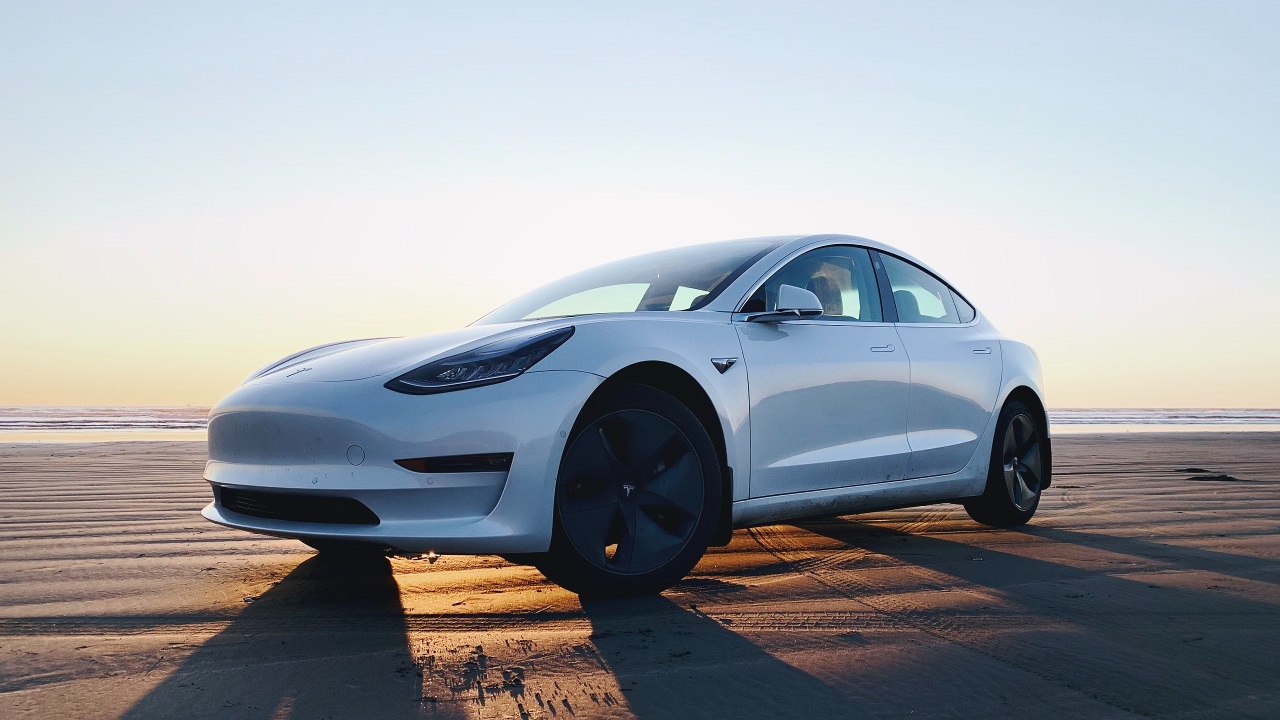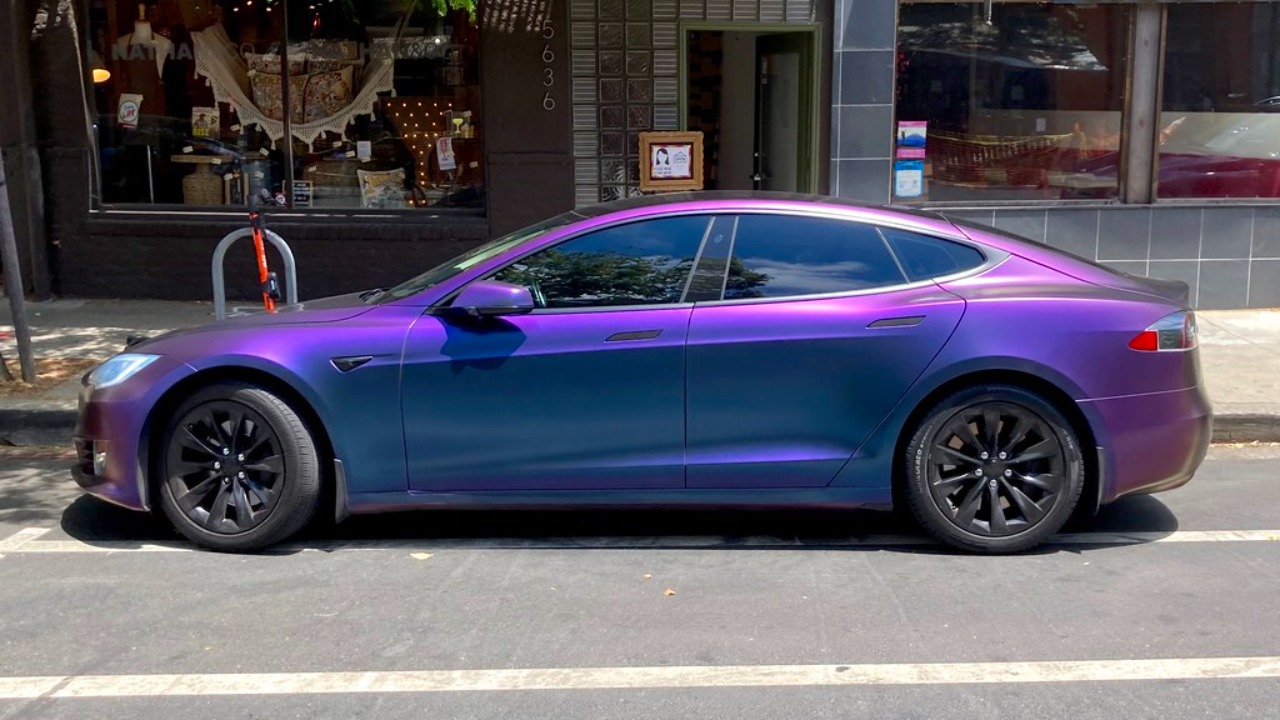Self-driving cars have been hailed as the future of transportation, promising safer roads and increased convenience. Despite significant advancements, current autonomous vehicle technology still faces numerous limitations that hinder its widespread adoption. Numerous challenges must be overcome before self-driving cars become a common sight on our roads.
Technological Challenges
One of the most significant technological challenges for self-driving cars is sensor limitations. Autonomous vehicles rely heavily on a combination of LIDAR, cameras, and radar to perceive their surroundings. These sensors, however, are not infallible. Adverse weather conditions such as heavy rain, snow, or fog can severely impair sensor performance, making it difficult for vehicles to detect obstacles and navigate safely. For instance, the 2022 Tesla Model S has demonstrated issues with sensor accuracy during such conditions, raising concerns about reliability.
Complex decision-making remains another major hurdle. Programming a vehicle to handle unpredictable human behavior and complex traffic scenarios is a daunting task. Self-driving cars must interpret and react to the nuances of human drivers, pedestrians, and cyclists, sometimes in split seconds. The Waymo One service, for example, has encountered difficulties when its vehicles faced unusual road situations, such as unexpected roadwork or erratic pedestrian movements. These scenarios highlight the current limitations in artificial intelligence when it comes to real-time decision-making.
The vast amount of data that self-driving cars must process further complicates their technology. They continuously gather and analyze data from their sensors to make informed decisions on the road. This requires immense computational power and can result in latency issues, impacting the vehicle’s ability to make timely decisions.
Regulatory and Legal Hurdles
The lack of standardized regulations is a significant impediment to the widespread adoption of self-driving cars. Currently, there is no cohesive framework governing the deployment of autonomous vehicles at either the national or international level. This regulatory fragmentation means that a 2024 Mercedes-Benz EQS may be legal to operate in one region but face restrictions in another, complicating cross-border travel and commerce. The absence of uniform standards also hinders manufacturers’ efforts to design vehicles that comply with varying legal requirements.
Liability and insurance concerns further complicate the legal landscape. In accidents involving autonomous vehicles, determining liability is challenging. Is the manufacturer at fault, or is it the software developer? These legal ambiguities pose significant challenges for insurance companies, who must adapt their models to accommodate the unique risks associated with self-driving technology. The 2018 Uber self-driving car incident, wherein a pedestrian was fatally struck, highlighted the complexities of assigning blame and has prompted ongoing legal debates.
Privacy and data security present additional legal challenges. Autonomous vehicles collect vast amounts of data, including location, speed, and even audio and video recordings. This data is crucial for vehicle operation but also raises concerns about potential misuse. Ensuring that companies protect user privacy and secure data against breaches is a growing concern. Autonomous vehicles must comply with stringent data protection laws, such as the GDPR, to ensure user trust and maintain legal compliance.
Ethical and Moral Dilemmas
Programming self-driving cars to navigate life-threatening scenarios raises profound ethical questions. In situations where an accident is unavoidable, how should a vehicle decide between two unfavorable outcomes? This moral dilemma, often referred to as the “trolley problem,” challenges engineers and ethicists alike. Developers of autonomous vehicles grapple with these issues, striving to create algorithms that make ethically sound decisions in emergency situations.
The impact of autonomous vehicles on employment presents another ethical concern. As self-driving technology advances, industries reliant on human drivers, such as trucking and taxi services, face significant job displacement. The transition from human-operated to autonomous systems could lead to widespread unemployment, necessitating policies that support workforce retraining and mitigate social disruption. The rise of Rivian’s autonomous delivery vans exemplifies this potential shift, prompting discussions on the societal implications of automation.
Bias in AI systems is a pressing issue that impacts fairness and equality in decision-making. AI algorithms used in autonomous vehicles can inadvertently reflect the biases present in their training data. This can lead to disproportionate outcomes for different demographic groups, raising concerns about discrimination. Efforts to address these biases are ongoing, with companies like Alphabet’s Waymo implementing rigorous testing and oversight to ensure their systems operate equitably.

Public Perception and Trust Issues
Despite technological advancements, public perception and trust remain significant barriers to the adoption of self-driving cars. Many people are apprehensive about relinquishing control to a machine, fearing the potential consequences of technology failure, which includes advanced driver assistance features, illustrates that even semi-autonomous systems can evoke anxiety among drivers unaccustomed to ceding control.
High-profile incidents involving autonomous vehicles have further eroded public trust. Accidents, such as the aforementioned Uber incident, have generated skepticism about the safety and reliability of self-driving technology. These events underscore the importance of rigorous testing and transparent communication to rebuild confidence in autonomous systems.
User acceptance is critical for the success of self-driving cars. Different demographics may have diverse expectations and requirements for autonomous vehicles. For instance, older adults may prioritize safety features, while younger users might focus on connectivity and convenience. Companies like Zoox are investing in user-friendly designs and interfaces to accommodate varying preferences and enhance the overall user experience.
Infrastructure and Environmental Constraints
The current road infrastructure is ill-equipped to support the widespread deployment of autonomous vehicles. Smart roads, equipped with sensors and communication systems, are essential for seamless integration with self-driving cars. However, retrofitting existing infrastructure is a costly and time-consuming endeavor. The 2021 Ford Mustang Mach-E highlights the need for updated traffic systems to facilitate the safe operation of autonomous vehicles.
Deployment challenges vary between urban and rural environments. In cities, the dense traffic and complex road networks pose obstacles, while rural areas may lack the infrastructure to support autonomous vehicles fully. The 2026 Jaguar I-PACE must navigate these diverse settings, adapting to the unique challenges of each geographic location.
Lastly, the environmental impact of self-driving cars must be considered. While autonomous vehicles may reduce emissions through optimized driving patterns, the energy consumption required for data processing and sensor operation is substantial. Ensuring resource sustainability and minimizing ecological footprints is crucial as the industry moves towards widespread adoption. The development of electric and hybrid models, such as the 2023 Nissan Leaf, represents a step toward addressing these environmental concerns.
Like Fast Lane Only’s content? Be sure to follow us.
Here’s more from us:
*Created with AI assistance and editor review.







Leave a Reply